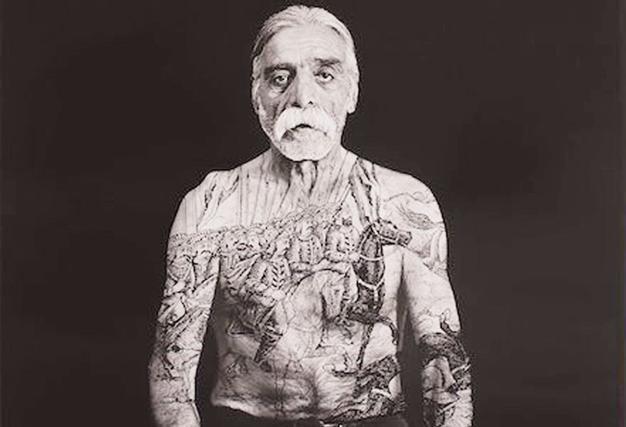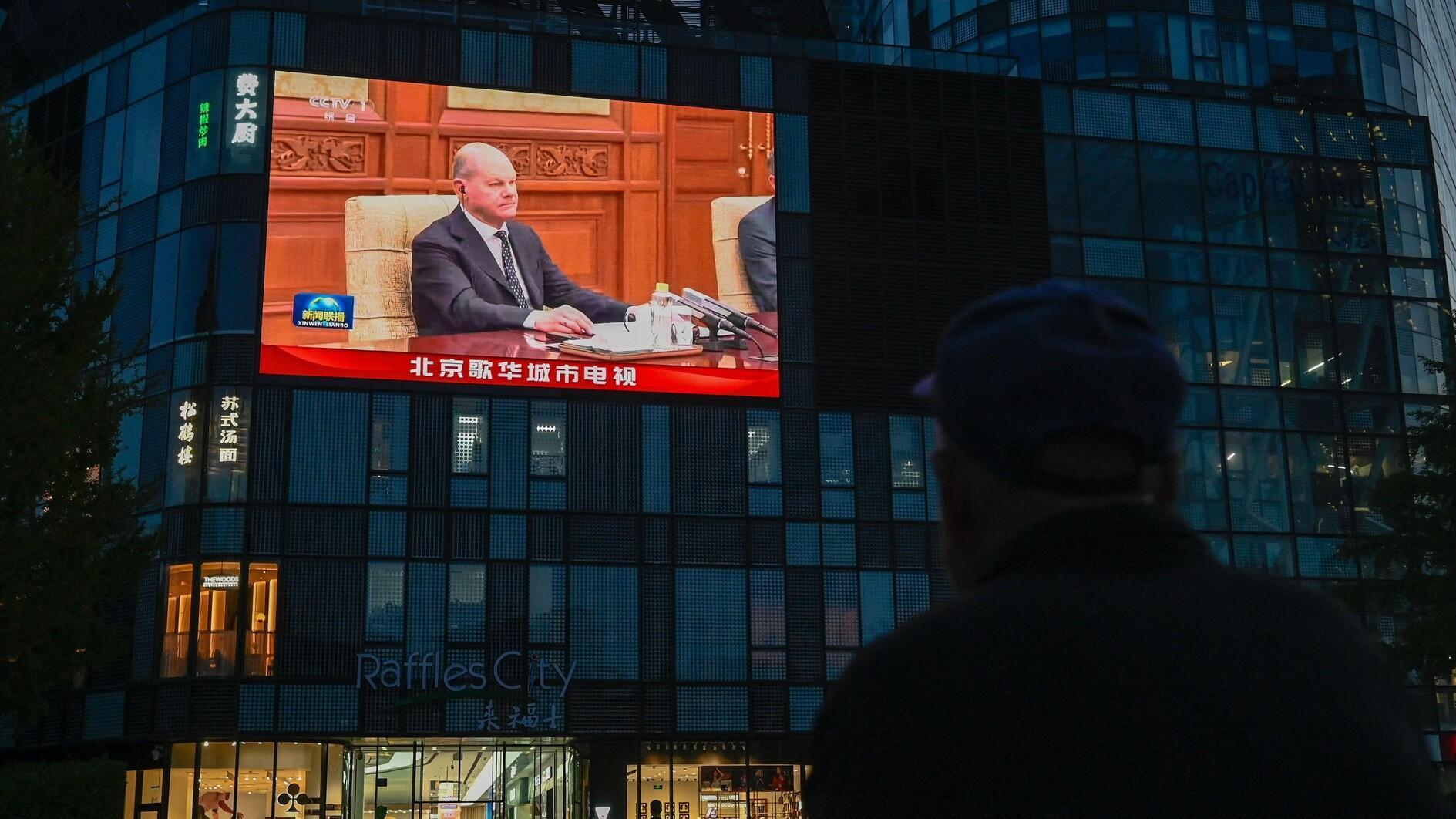Neshat looks at politics and gender roles
ISTANBUL- Hürriyet Daily News

Neshat’s “Mourners” from her “The Book of Kings” series, which is inspired by the epic Shahnameh by Ferdowsi are based on portraits of individuals residing in Cairo.
Istanbul’s Dirimart Gallery is hosting an exhibition by Iranian artist Shirin Neshat, curated by Heinz Peter Schwerfel. The exhibition includes the “Mourners” works from her “The Book of Kings” series, alongside the video installations “Turbulent” (1998), “Rapture” (1999) and “OverRuled” (2012). The exhibition will be held at Dirimart’s gallery in Nişantaşı and Istanbul Bilgi University’s Santralistanbul exhibition area until June 15.Neshat’s “Mourners” from her “The Book of Kings” series, which is inspired by the epic Shahnameh by Ferdowsi (940-1020), are based on portraits of individuals residing in the slums of Cairo, where the promise of freedom and democracy following the uprising against the Hosni Mubarak regime failed to materialize. The “Mourners” part of the series, which also includes “Villains,” “Patriots,” and “Masses,” will be exclusively premiered at Dirimart.
Inscribed with Persian handwriting, the artist’s black and white portraits confront the viewer with human bodies that face a struggle against hegemony in this overly politicized region that has been marked by covert violence and suppression. Schwerfel said, “This art, beyond the political engagement of Iran’s Green Movement and the mystique of the Arab Spring, is shaped by two opposing rhetorical systems that currently feud with each other on a global scale.”
Gender roles
Neshat’s “Turbulent” (1998) and “Rapture” (1999) video installations use two opposite-facing monitors each. One of Turbulent’s monitors shows a singing man facing the viewer, while the other shows the back of a woman staring at an empty amphitheater. The man sings a traditional Persian song, and the woman makes improvised sounds, creating a musical metaphor for social gender roles and cultural power.
In “Rapture” the monitors show the man and woman visually apart, polarizing them and highlighting the inequality of social genders that are present in such a uniform social context. Neshat’s lyrical video displays a patriarchal and fundamentalist society in which social genders split the world in half.
Neshat’s latest video work, “OverRuled” (2012), is the recording of a stage performance at the New Yorker Festival. “OverRuled” starts in a courthouse where an ordinary hearing is conducted, with the actors positioned in a fashion reminiscent of the Last Supper. The judge looks like a priest and oversees the court committee that discusses the fate of a man and woman who are positioned on the left and right sides of the frame. The music originates from the man, elevating him to a position of authority, while the woman declares her love by reciting verses by Rumi. The text is inspired by the historical trial of Mansur al-Hallaj, who was publicly sentenced to death for alleged heresy in the 10th century.
Historical trial of Mansur al-Hallaj
Neshat works and lives in New York. Neshat’s solo exhibitions have been held in such galleries and museums as the National Museum of Contemporary Art, Athens (Greece); Stedelijik Museum, Amsterdam (Netherlands); Museo de Arte Contemporáneo de Castilla y León, Leon (Spain); Hamburger Bahnhof, Berlin (Germany); Musee d’Art Contemporain de Montreal, Montreal (Canada); Walker Art Center, Minneapolis (U.S.); Castello di Rivoli, Torino (Italy); and the Kunsthalle Wien, Vienna (Austria). The fourth Istanbul Biennale “Orient-ation” (1995) is one of the many international organizations Neshat has participated in. Neshat was the recipient of the Golden Lion Award at the 48th Venice Biennale (1999) and the Lillian Gish Prize (2006). Neshat’s first feature length film, “Women Without Men,” received the Silver Lion Award at the 66th Venice International Film Festival (2009).
















